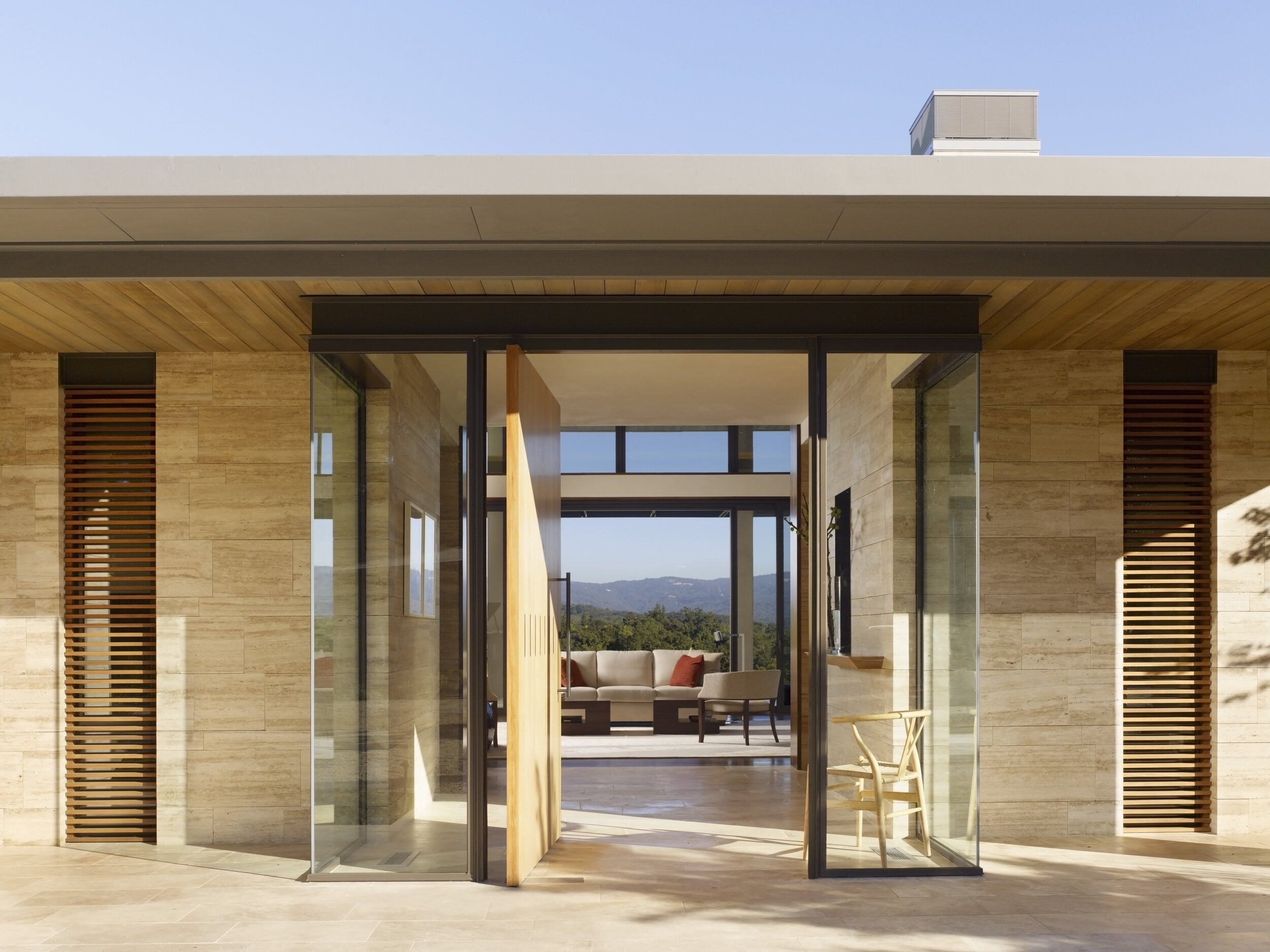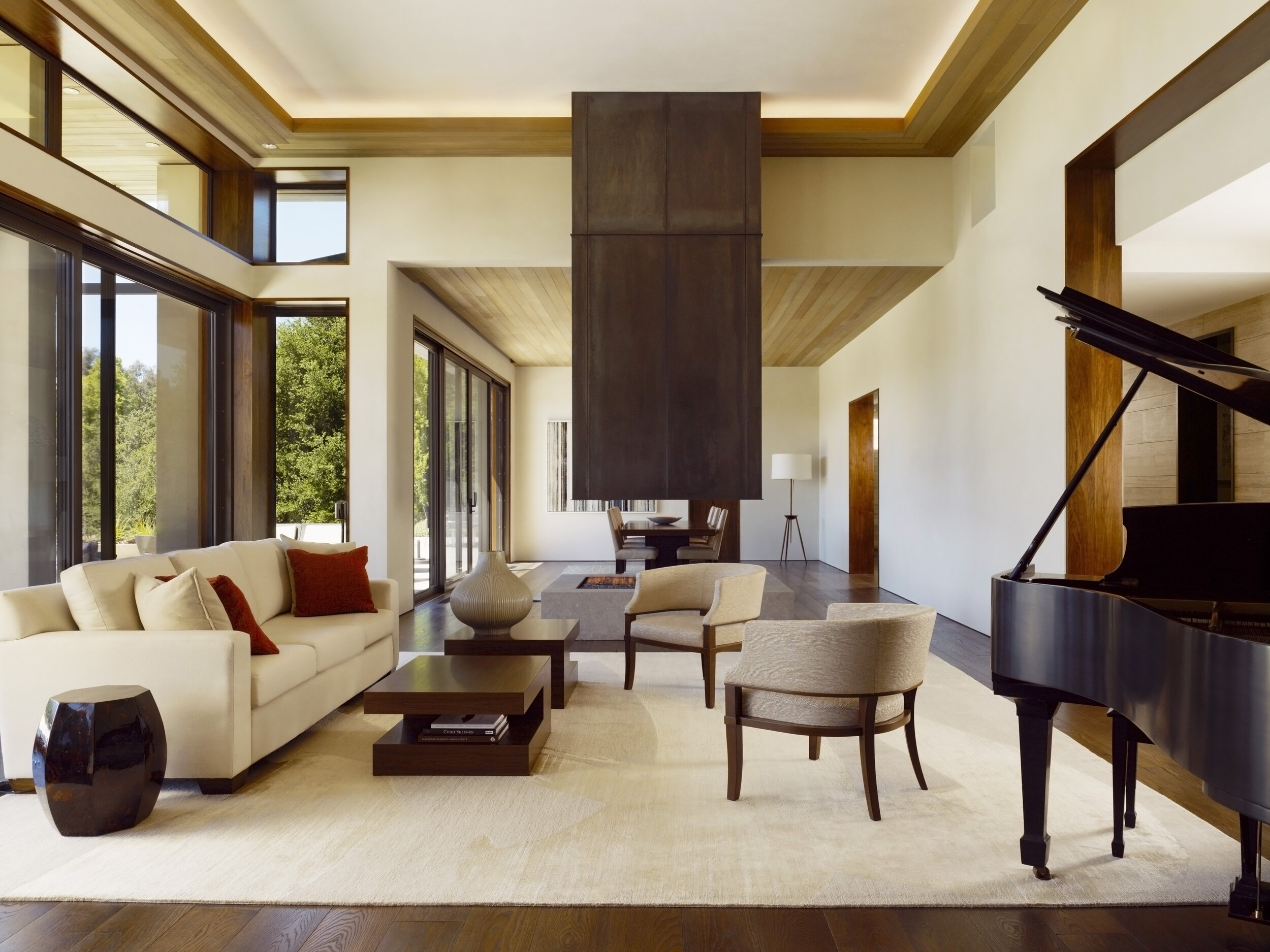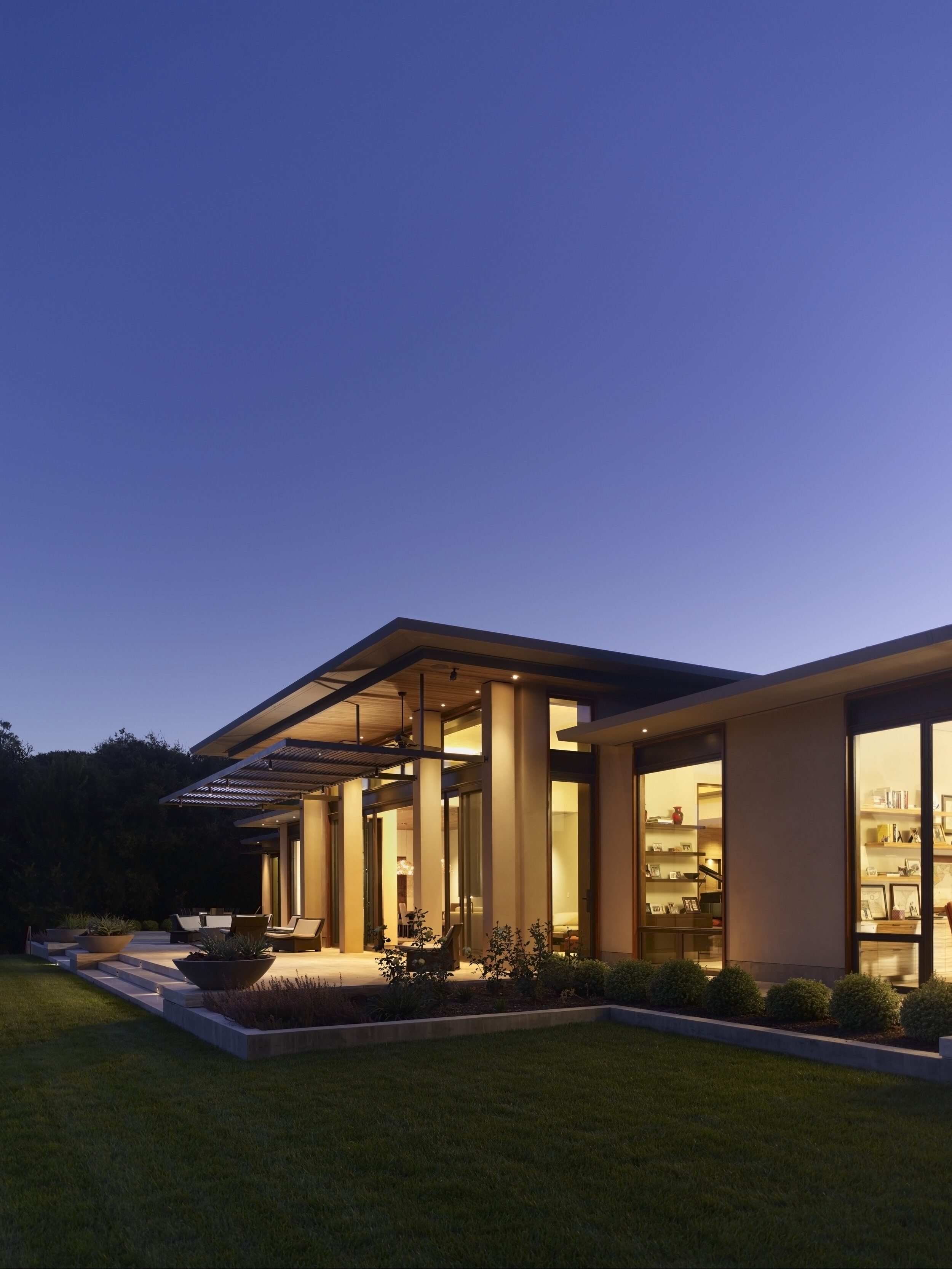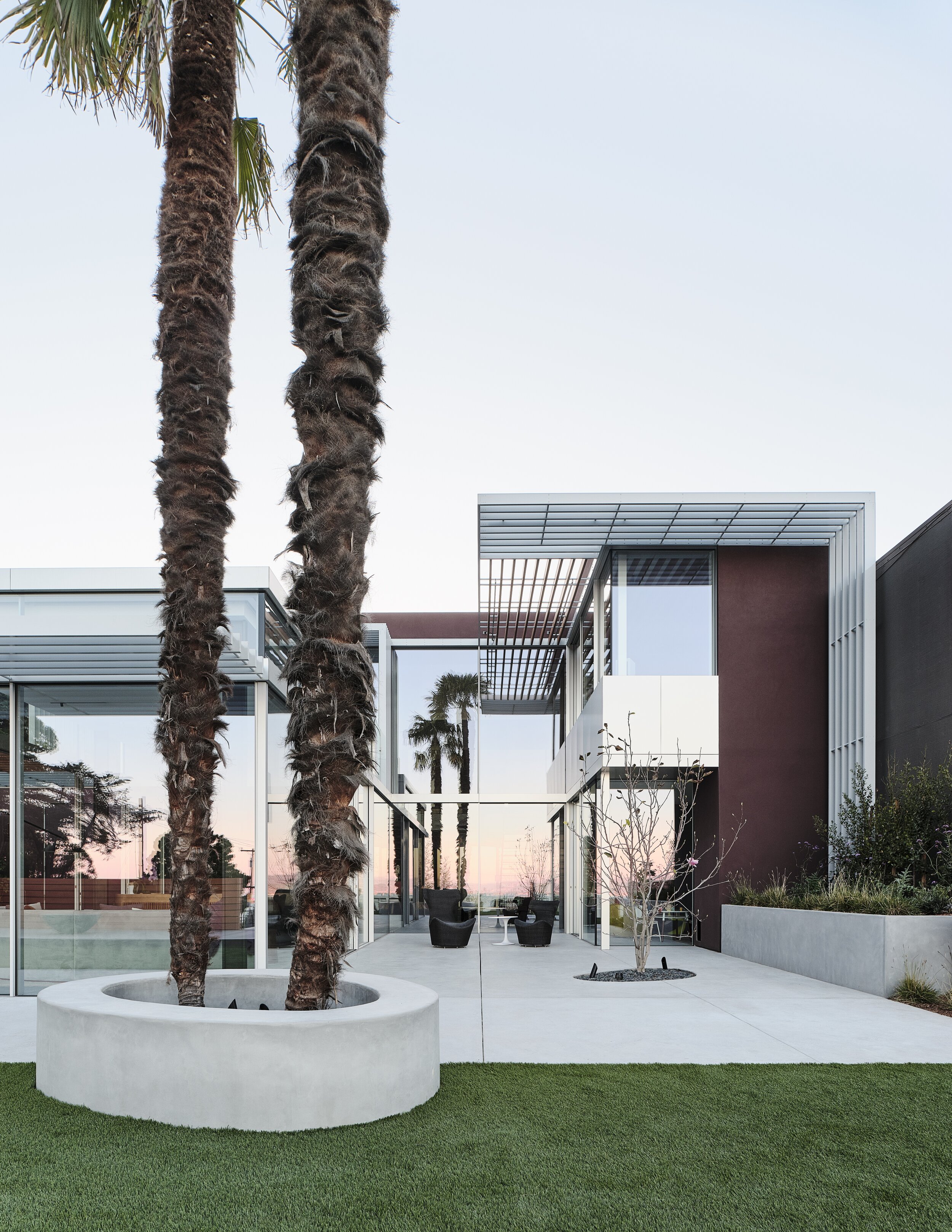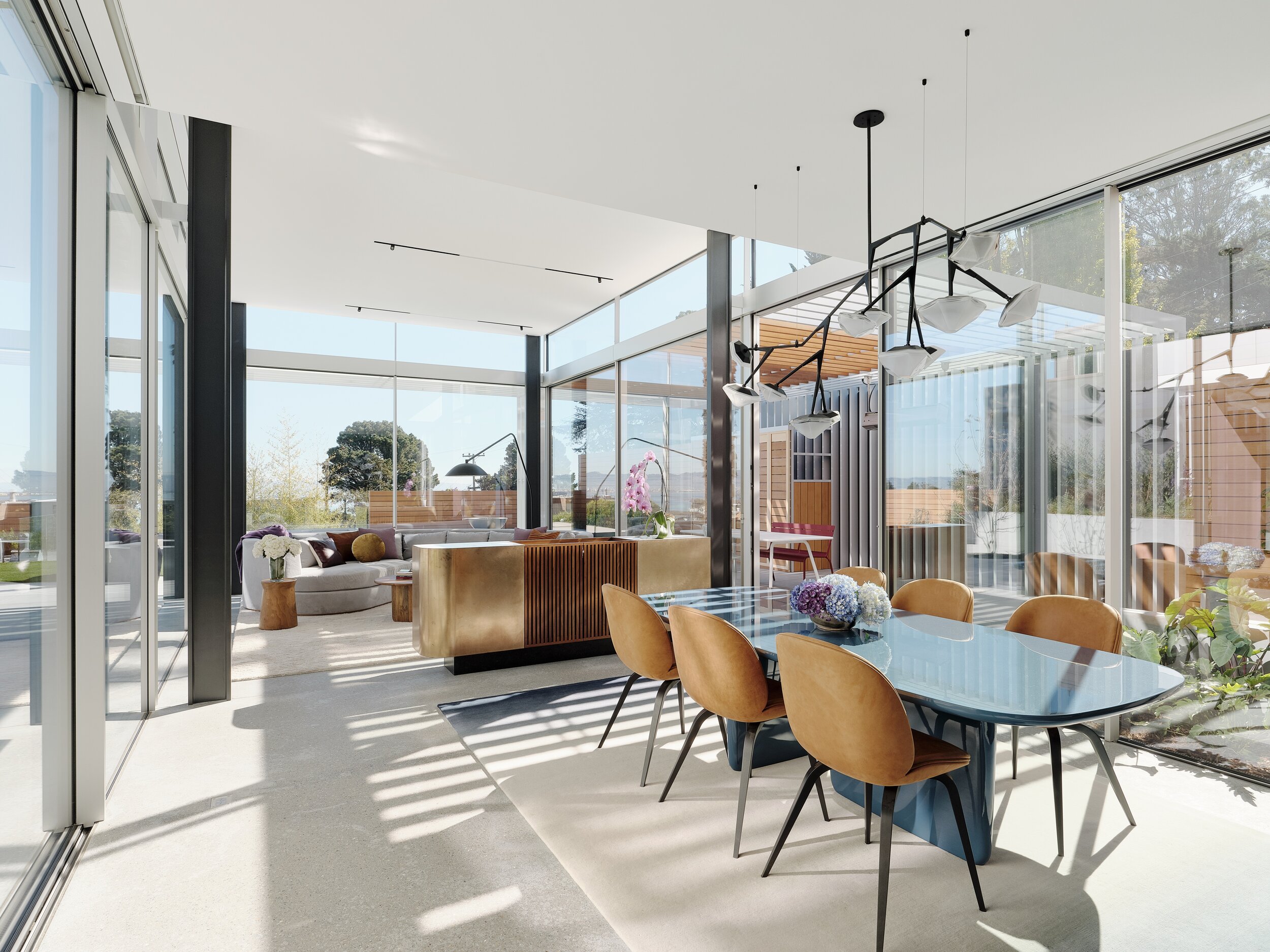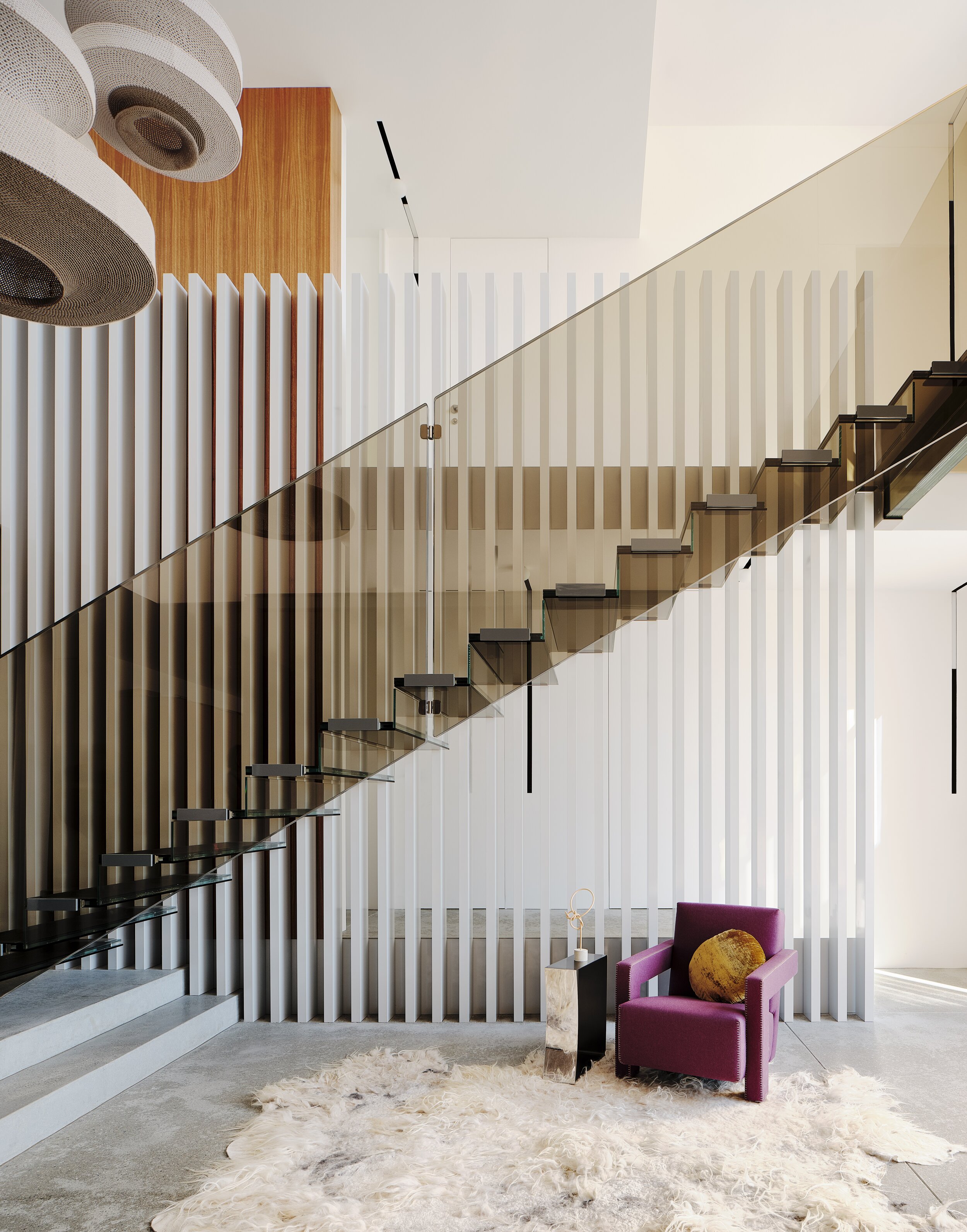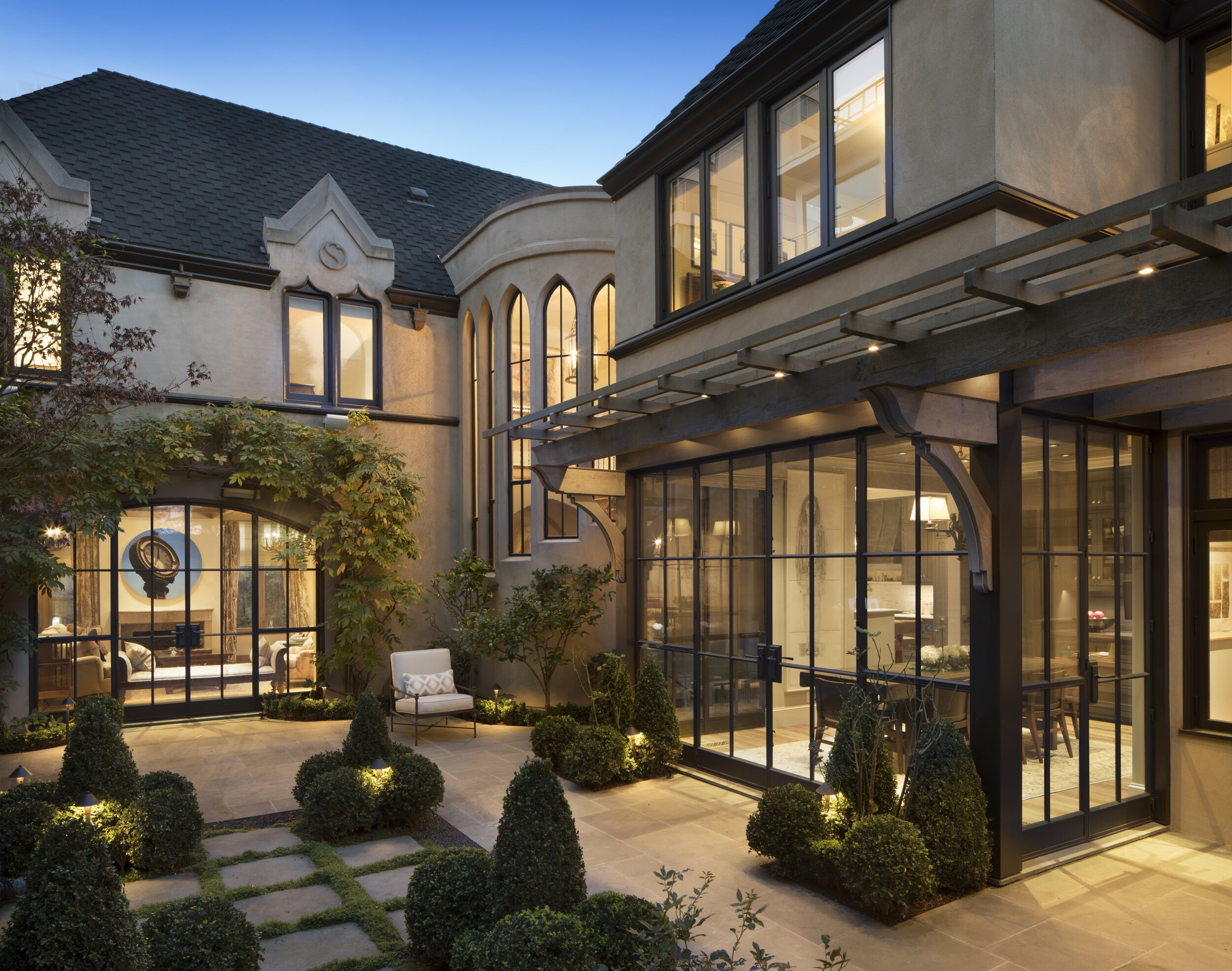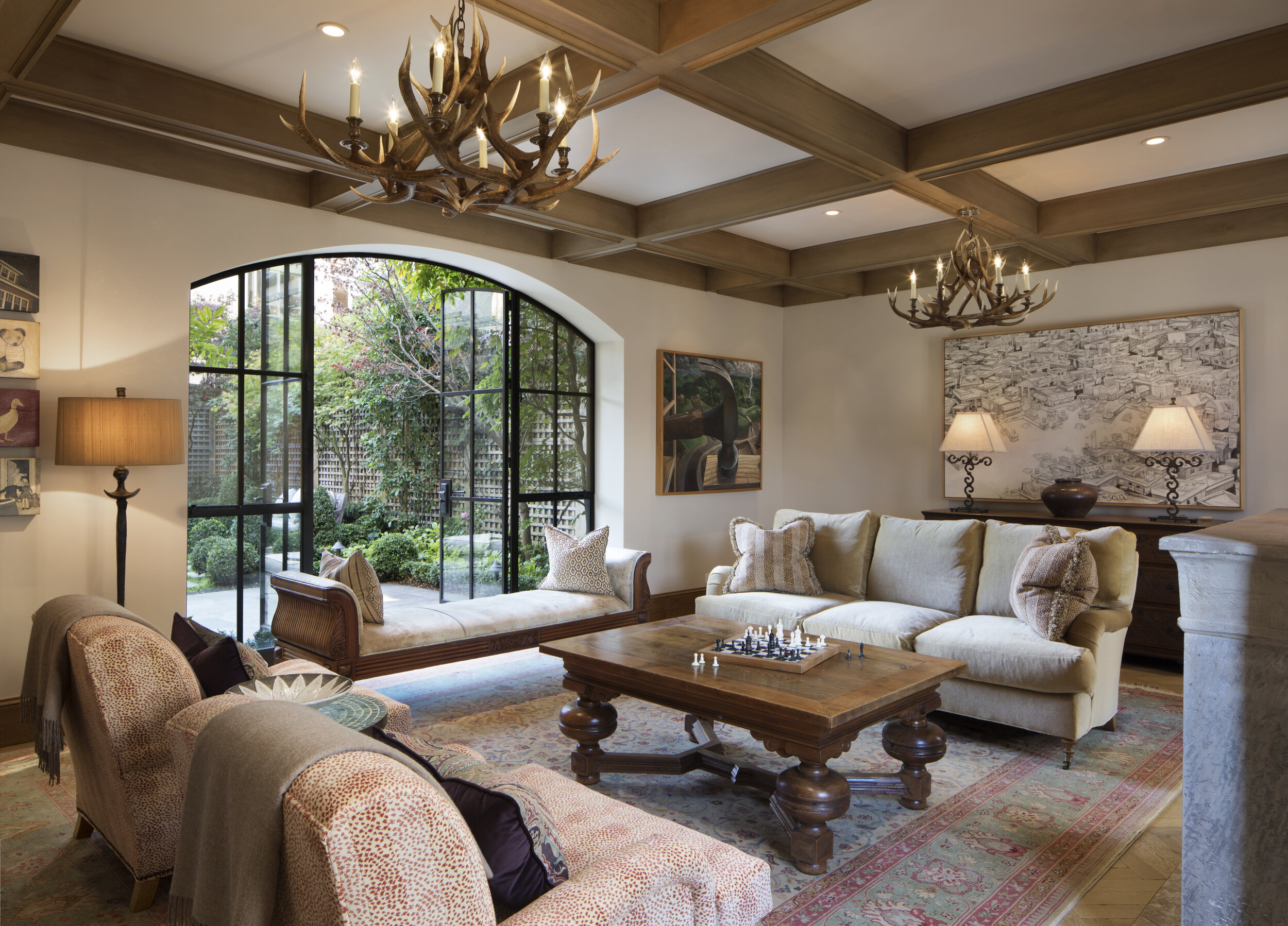#245 - HIRING A CONTRACTOR WITH SAMANTHA BURTON, Vice President at Young & Burton
SUMMARY
This week Samantha Burton, Vice President at Young & Burton, a General Contractor company that focuses on custom residential projects joins David and Marina FAME Architecture & Design to discuss what a General Contractor does, the typical team members who are involved with a building project, the differences between constructing modern-style buildings and traditional ones, tips for hiring a Contractor, Architect and Contractor teamwork, the importance of construction drawings, and much more. Enjoy!
ABOUT YOUNG & BURTON
For over 30 years they have specialized in the construction of unique residences, remodels and select commercial projects. Founded in 1985, their offices are located in San Ramon, CA and their work covers the greater Bay Area from the East Bay to San Francisco and from the Napa Valley to the Monterey Peninsula.
As part of the building team they work closely with clients, architects, engineers, and the different governmental agencies to facilitate the process in a timely and efficient manner. Providing close supervision at every step they insure that cost controls, scheduling and coordination between the many different trades and the design team are maintained so that the projects get done properly each and every time.
Having completed hundreds of projects they not only have a long list of satisfied clients but also the expertise necessary to construct architecturally diverse projects and a proven track record for getting the job done.
HIGHLIGHTS
TIMESTAMPS
(00:00) The team behind a building/architecture project.
“We look at ourselves as conduits of information. So it’s our job to relay what’s happening in the field and put it in a way that is clear enough for the Architect, Engineer, and design team to understand what the issue is and to help and work as a team to find the best solution that benefits all aspects of the job. We meet our structural requirement, the architect gets what they are looking for in terms of appearance, and we can actually construct it in the field.” (16:35)
(12:16) Why the building industry has become more complicated and its impact on construction.
“When we started we didn’t have project managers, that was kind of unheard of back then. You had your supers and your estimator, but they ran everything from the field. That’s been a big change for us and for the industry over the years—switching to things being more complicated and more communication amongst more people and needing that extra layer of management in the communication aspect. […]
The industry and regulation of the industry have become so much more complicated. The simple aspect of what Title-24 is… that almost rules a whole project today. Can you make your Title-24? Can you meet all those requirements? And that changes every few years. The latest structural code revisions really changed and impacted how we were building things and that came into play within the last five years and we’re still adjusting to that new code and level of requirement. It’s [the building profession] had to become more specialized because there’s too much information, guidance, and requirements on all the different aspects that no one can handle all of it.” (12:45)
(16:54) (35:43) Should clients hire the Contractor or the Architect first? Different ways projects start for clients.
The earlier we get involved is always preferred. It keeps us on the same page of what can and cannot be done, what the cost impact of design decisions are, and it really sets us up for success. We can better understand what the client is looking for and what the Architect’s after. The longer we’re engaged the better. If we’re hired right before permit then we’re playing catch up on all these conversations and all these design decisions that have been made over a course of time. (20:29)
(21:39) Should the Architect be involved with the project during construction? Having a consistent team throughout the project and the limitations of construction drawings.
“We always want the Architect involved all the way through [because] there are always going to be questions that will come up. We are just there to realize the vision. It is not up to us to come up with the design or the vision. That’s why you need the Architect and designer team because they know what it’s supposed to look like or what the intent is. I can give you an example of how to get there. I can make suggestions on materials or products that might be the best fit for what they want, but it’s not for us to say, “Well we think this window should be like this.” That’s not our job. […]
What I see happening more which is a frustration and disappointment is clients asking when they can stop paying Architect fees. “Well, we have full permitted plans. What do you need them [the Architect] for anymore?” There are always unforeseen conditions and getting a set to permit and getting a set to construction are two different things as well. What you need to permit is not what you need for construction.” (24:29)
(28:21) The unique challenges of doing custom homes & the limitations of drawings.
(43:23) The importance of construction drawings and planning before construction starts. Using 3D computer modeling to solve building issues during construction.
The more detailed [the construction drawings are] the better we can bid it. That’s where we can really drill down and know where we are going. The more design [-oriented the drawings are and the less detailed they are] the more assumptions we’re making on how we’re getting there. […] When you are using design drawings to start construction, the project takes longer and it costs more. When there are construction drawings, pretty much how we bid it and estimate the timeframe to be is pretty much dead on. That’s the difference. And it makes for a better project. (44:00)
(51:31) Constructing modern-style buildings vs traditional-style ones. Key traits of a good Contractor and having the right team.
The importance of [hiring a Contractor with the right experience] is ten-fold in a modern home because you can’t hide anything. If you miss one thing, it reads. If you walk in a modern home that was not done well, you can see every flaw. When I talk about the framing, you’re doing level 5 drywall that is the full wall. You don’t have any trim to hide anything. Also, a lot of times with modern you’re dealing with very small attic space, joist space, or thin wall sections, so your room to run any of the equipment necessary of a home is minuscule. (52:25)
(01:08:52) Working with unlicensed 'Contractors'.
(01:12:16) Fee structures.
(01:20:00) The training of Contractors.
(01:33:31) Why Contractors and Architects should have experience in different types of building projects.
(01:39:03) Design-build projects and contracts.









